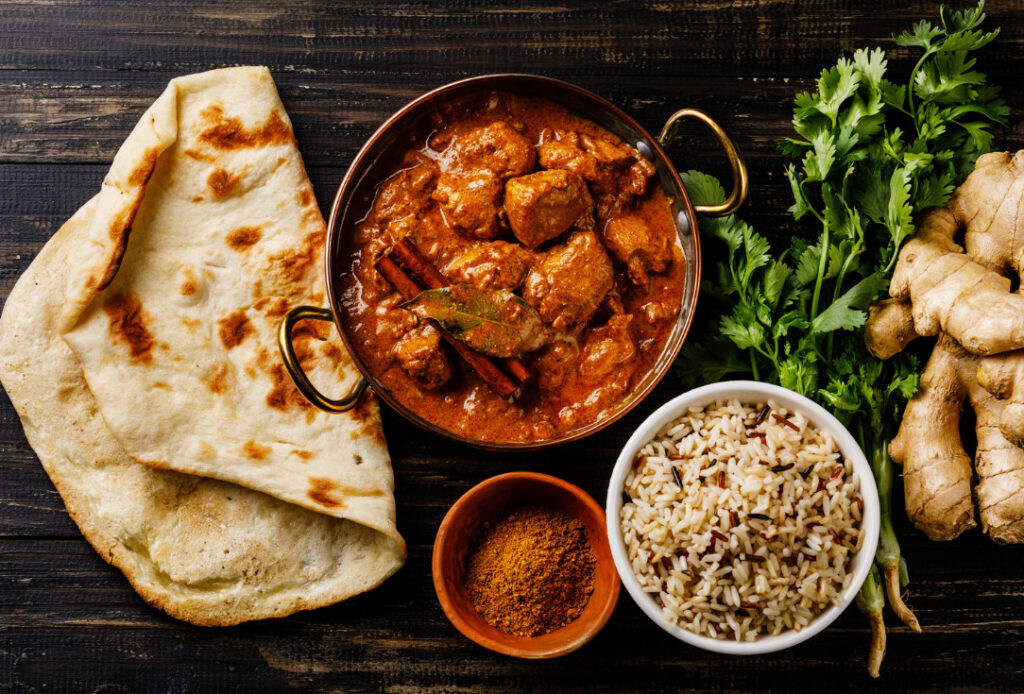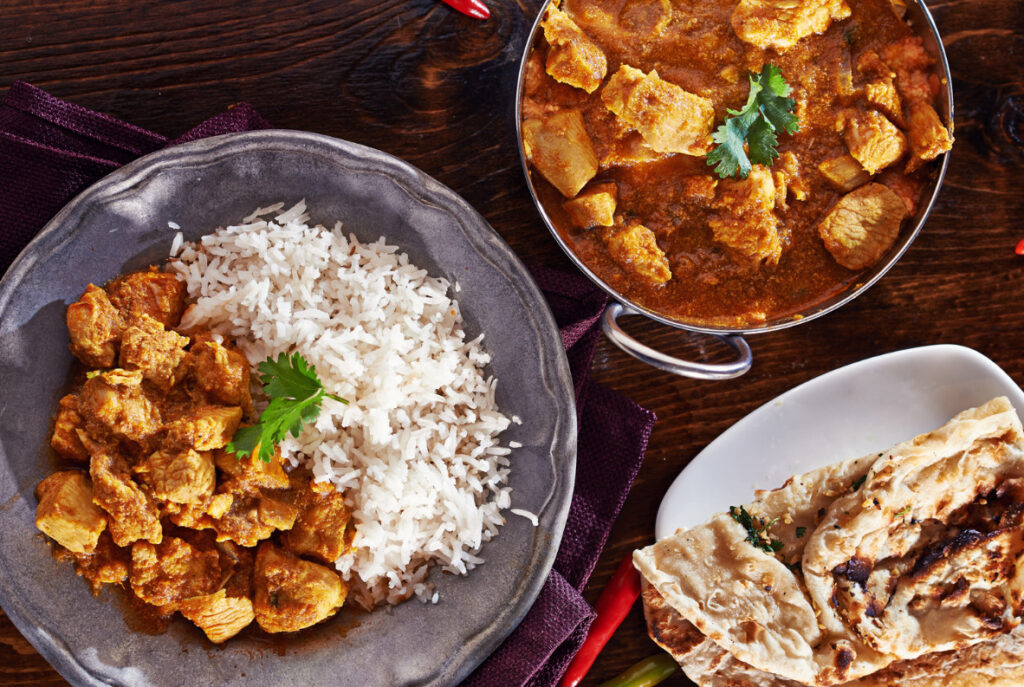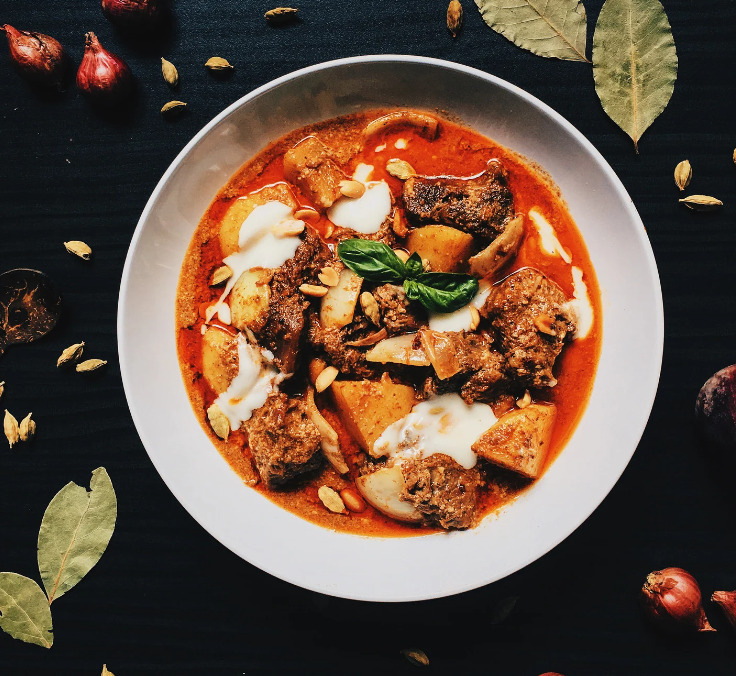If you’ve ever been to an Indian restaurant, chances are you were served something with the word “curry” in its name. But what is curry? It turns out that the answer is a bit complicated—but fascinating! Let’s explore what makes this type of food so unique.
The Curry Modern Indian Restaurant strives to provide fresh and modern Indian Cuisine to its patrons. Whether you are a seasoned foodie or a first-time customer, The Curry is sure to become your new favorite restaurant.
What is Curry?
Curry is a term used to describe various dishes originating in India and Southeast Asia. In fact, the word “curry” comes from the Tamil language and can be translated to “sauce.” The sauce in question typically contains a mix of spices like turmeric, cumin, ginger, garlic, and chili peppers. These ingredients create a flavor profile that has become renowned worldwide for its deliciousness.

What Makes Curry Special?
The primary difference between curry and other cooking styles is its use of spices and herbs. A typical curry dish will contain anywhere from six to 10 different herbs or spices, including cumin, turmeric, ginger, cardamom, cinnamon, coriander seeds, cloves, and nutmeg. This combination creates an intense aroma and flavor that cannot be found in any other culinary style.
In addition to its unique flavor profile, curry also stands out because of its vibrant colors. The use of yellow turmeric gives curry dishes a distinct yellow hue, while red chilies give them a deep red coloration. These colors create an eye-catching presentation that can make any dish look more appetizing.
The History of Curry
Curry has been enjoyed around the world for centuries. It first appeared in India around 2000 BC and was brought to Southeast Asia by Indian traders during the ancient spice trade era. Since then, it has become an integral part of South Asian culture and cuisine—so much so that many people mistakenly believe that it originated there. As trade routes opened up between East Asia and Europe in the 1700s and 1800s, so too did awareness of curry spread throughout these continents as well as Africa and beyond.

Evolution of Curry Dishes
Every culture that has adopted curry has put its own unique spin on it to create its signature dishes. For example, Thai curries are often made with coconut milk, while Japanese curries are usually served over white rice (known as kare raisu). Indian curries are typically made with yogurt or cream for a thick texture. In contrast, British curries tend to be very spicy due to the influence of Bangladeshi immigrants who moved there in large numbers in the 1950s and 1960s. No matter where you go in the world today, you will find different versions of curry being enjoyed by locals!
What Are the Different Types of Curry Cuisine?
The most popular types of curry cuisine include Thai curry, Indian curry (which has many different sub-categories), Vietnamese curry (which has both traditional and Western flavors), and Indonesian curry. Each type of curry has its own unique flavor profile due to the combination of ingredients used in its preparation. For example, Thai curries tend to have a lot more heat than other types due to their use of red chili peppers, while Indian curries rely heavily on aromatic spices like garlic and ginger. Vietnamese curries pair sweet flavors with savory ones, while Indonesian curries often feature sweet fruits like mangoes or bananas for balance.
Popular Dishes
Some popular curry dishes include Chicken Tikka Masala (marinated pieces of chicken cooked in a creamy tomato-based sauce), Vindaloo (a spicy stew made with pork or beef), Korma (a mild dish made with yogurt or cream), Madras (a spicy coconut-based dish) and Dopiaza (a sweet-and-sour onion-based dish), chana masala (a spicy chickpea dish), aloo gobi (a spiced potato dish), and saag paneer (a spinach dish with cubes of fried cheese). No matter what type of flavor you prefer—spicy or mild—there’s sure to be something for everyone when it comes to trying out various types of curries!



